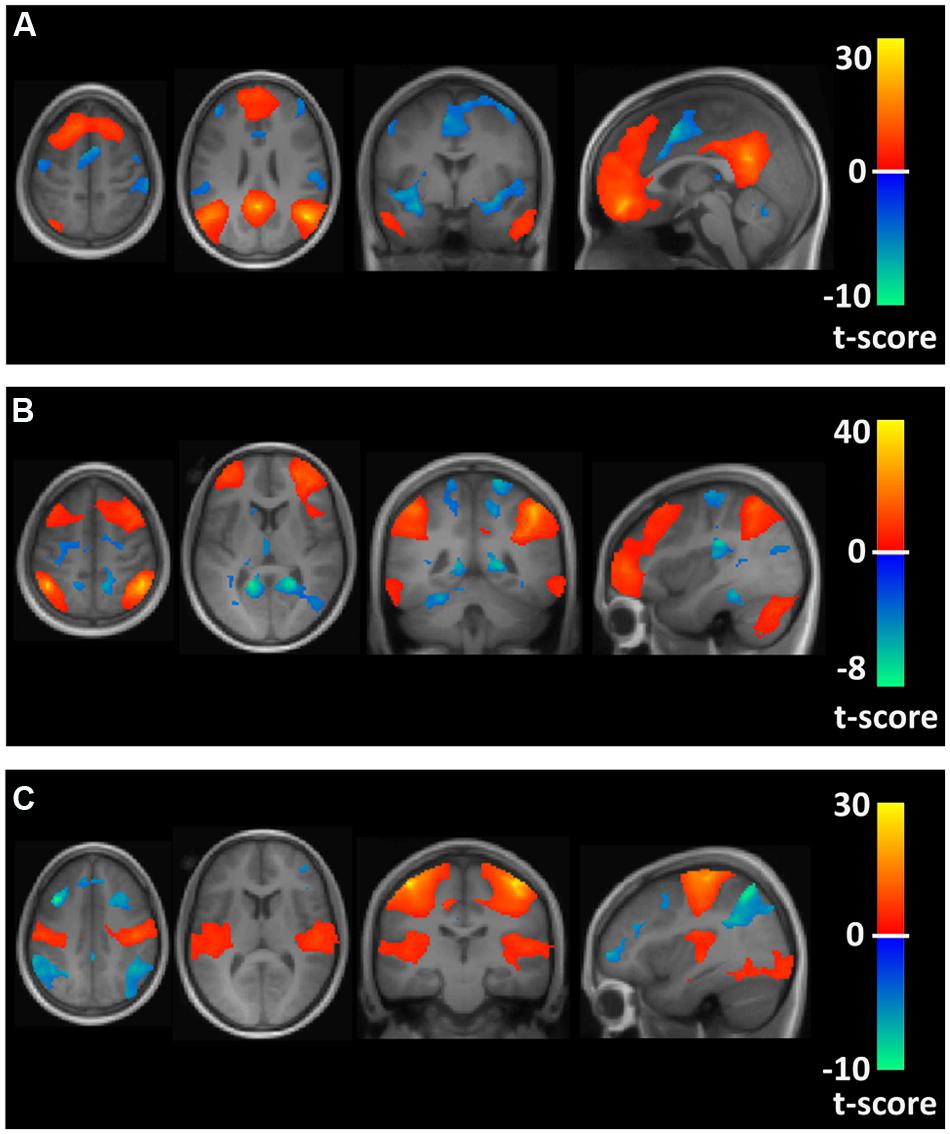
The book The Runner’s Brain told runners how their minds could change their running. Now a University of Arizona study says the reverse might be true as well.
Using functional connectivity MRI (fcMRI), they found significant differences in areas that are active when the brain is at rest. Possibly, such networks could play a key role in the effects of aging and neurodegenerative diseases.
Read/listen to my full story at KJZZ’s Arizona Science Desk:
Arizona Study: Brains Of Young Adult Runners Differ From Those Of Healthy Peers
